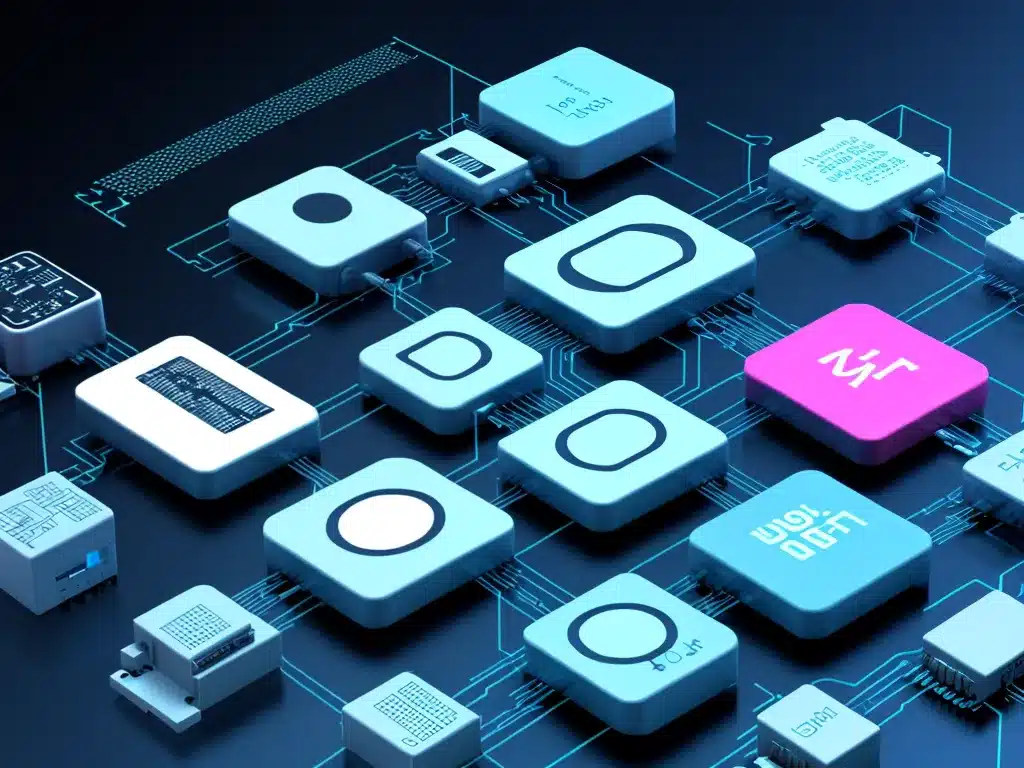
Introduction
The Internet of Things (IoT) is growing rapidly, with connected devices embedded in everyday objects like appliances, vehicles, and manufacturing equipment. However, many IoT devices are battery-powered and have limited energy, impacting functionality and maintenance costs. Providing long battery life is essential for sustainable IoT growth.
In this article, I will provide an in-depth look at the technologies and strategies that will enable low-power wide-area networks (LPWANs) and long battery life for IoT devices in 2024 and beyond.
Current State of IoT Networks and Battery Life
IoT devices connect to networks including Wi-Fi, Bluetooth, Zigbee, cellular (2G, 3G, 4G, and 5G), and low-power WANs. Connection and data transmission consume significant power. For example:
- Wi-Fi drains small batteries within days.
- Cellular connectivity often requires large batteries.
- Low-power WAN technologies like LoRa and NB-IoT offer years of battery life but have limitations in bandwidth, latency, and cost.
Long battery life over 10 years is needed for many IoT use cases, especially where human intervention for battery replacement is limited like smart meters, infrastructure monitors, agricultural sensors, etc. Current technologies fall short on supporting a decade or longer of continuous low-power operation.
Advancements in low-power design, efficiency, energy harvesting, and battery technology are required to achieve long life. Let’s look at key developments that will get us there.
Hardware and Circuit Design Optimizations
Engineers are using ultra-low-power components and sensors, advanced design techniques, and custom silicon to minimize energy usage in IoT endpoints. Trends include:
- Using LPWAN radios (LoRa, Sigfox, NB-IoT, etc.) that sip power instead of power-hungry cellular, Wi-Fi, or Bluetooth radios.
- Duty cycling radios and sensors to operate intermittently instead of continuously.
- Operating in low-power modes when idle using wake/sleep protocols.
- Minimizing transmissions – since sending/receiving data consumes the most power.
- Energy harvesting components to extract small amounts of energy from light, vibration, heat differentials, etc.
- Specialized low-power microcontroller units (MCUs) and peripherals.
- Power management integrated circuits (PMICs) to optimize voltage regulation.
- Custom silicon like system-on-chip (SoC) tailor-made for low-power IoT nodes.
With these optimizations, IoT endpoints in 2024 will consume 50-80% less power than today’s designs.
Energy Harvesting Advancements
Energy harvesting allows IoT devices to extract small amounts of energy from ambient sources like light, vibration, heat differentials, etc. to reduce reliance on batteries. Key energy harvesting developments include:
- More efficient photovoltaic cells optimized for indoor lighting conditions.
- Micro-harvesting components including miniaturized thermoelectric and vibration harvesters.
- Hybrid harvesting using multiple sources (light, thermal, kinetic) for 24/7 operation.
- Thin-film flexible solar cells that can be integrated into device enclosures.
- Wireless power transfer using near-field techniques (RF, ultrasonic, optical) to deliver power to IoT nodes wirelessly.
With these improvements, energy harvesting will provide 25-50% of daily energy needs for many IoT devices by 2024, enabling decades of maintenance-free operation.
Battery Technology Breakthroughs
Along with energy-efficient designs and harvesting, advancements in battery technology will be essential for long battery life. Developments include:
- Lithium-ion batteries with 2X capacity for a given size and weight.
- Solid-state batteries removing flammable liquids enabling compact, safe batteries.
- Graphene-based batteries charging faster with 10X capacity.
- Atomic batteries like tritium offering a 30-year lifespan.
- Thin-film and printable batteries integrated into device enclosures.
- Wirelessly rechargeable batteries using RF/ultrasonic/optical charging.
These battery innovations will allow small, lightweight, and easily integrated power sources providing 2-10X capacity compared to batteries available today.
Artificial Intelligence for Power Optimization
Emerging artificial intelligence and machine learning techniques will provide major improvements in power efficiency:
- Predictive algorithms to learn usage patterns and minimize power intensive activities.
- Adaptive duty cycling optimizing sleep vs active modes based on traffic and occupancy prediction.
- Intelligent sensors and fusion combining data from multiple inputs to reduce sampling rates.
- Compressed sensing acquiring high-resolution signals from fewer measurements.
- TinyML algorithms doing on-device inference to avoid cloud transmissions.
AI will allow IoT devices to dynamically optimize for power, potentially improving efficiency 30-50% beyond static optimizations.
The Outlook for 2024 and Beyond
With the combination of all these advancements – low-power designs, energy harvesting, better batteries, and AI optimization – we can expect to see IoT endpoints in 2024 that operate for 10-15 years or more before requiring battery service:
- Sensors using energy harvesting and advanced batteries will operate maintenance-free for 15-20 years.
- More capable IoT nodes will achieve 10+ year lifetime on AA or small lithium batteries.
- Lifetimes exceeding the useful lifespan of the devices themselves.
This will enable sustainable, long-term IoT deployments at scale across infrastructures, factories, buildings, agriculture, and homes without the need for regular battery changes. Truly transformative for accelerating IoT adoption.
Beyond 2024, continued progress will deliver IoT devices that essentially last forever. With lifetimes beyond 25+ years, the concept of battery replacement will become obsolete. The possibilities for IoT to impact human lives are endless.
Conclusion
In summary, technologies like LPWAN radios, energy harvesting, improved batteries, and AI optimization will come together over the next few years to provide the ultra-low power consumption needed for IoT devices with 10-20 year battery lifetimes. This long battery life is critical for realizing the full potential of the Internet of Things. The next decade will be transformative on this front.












